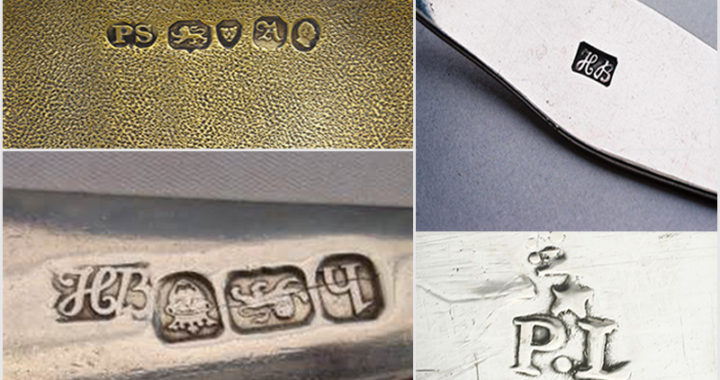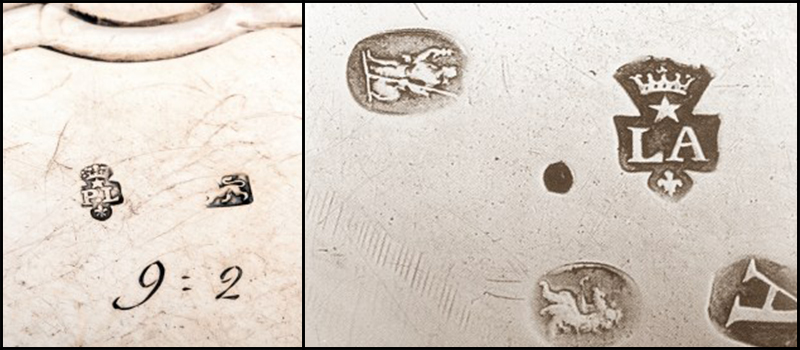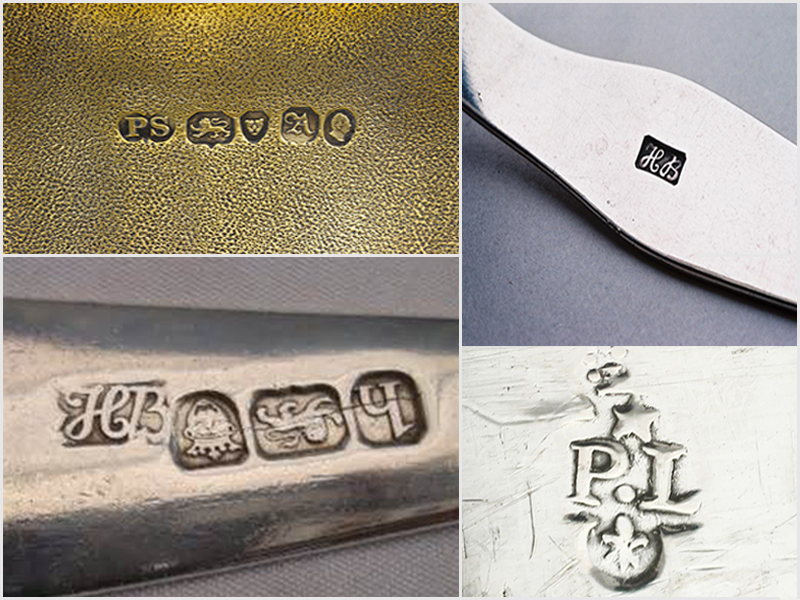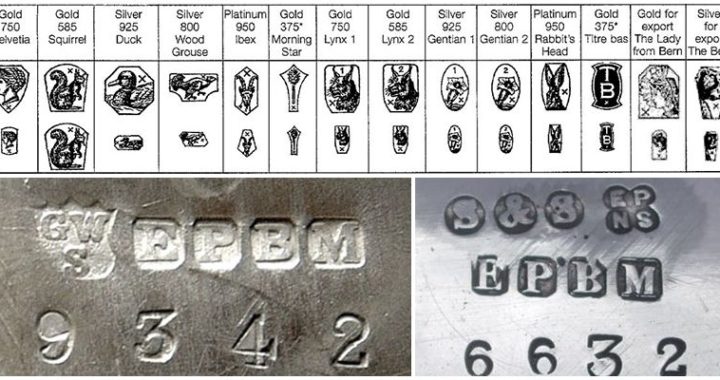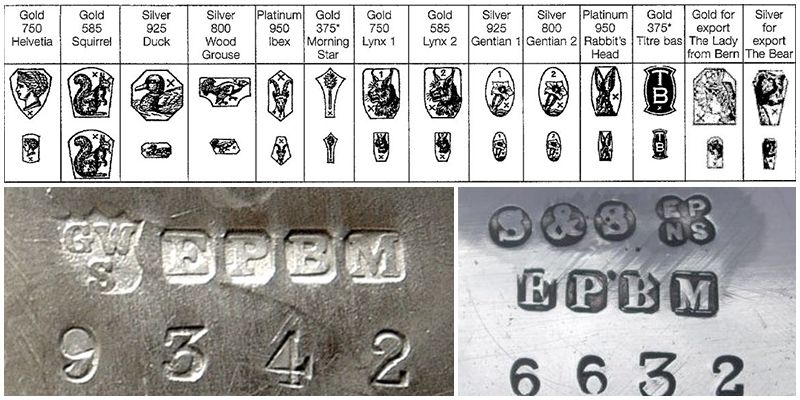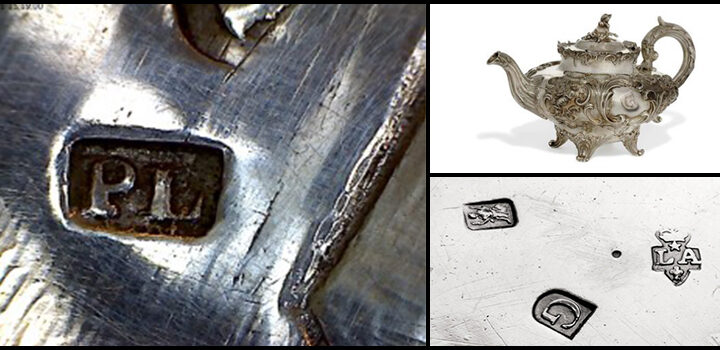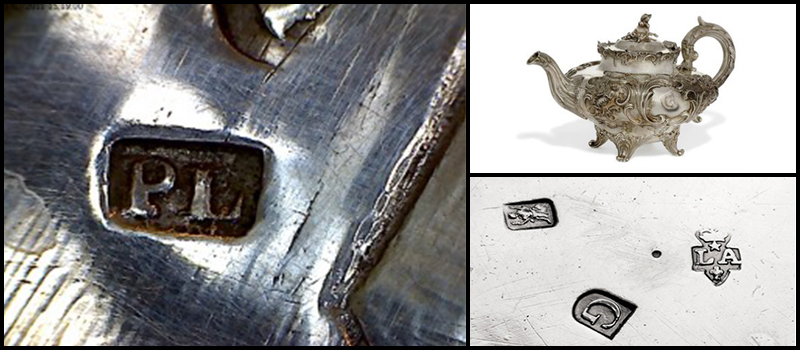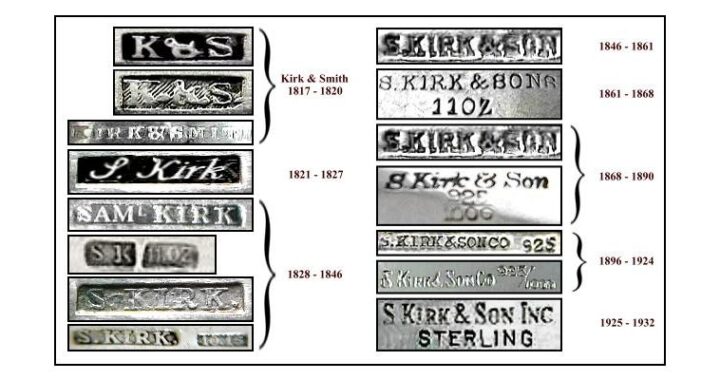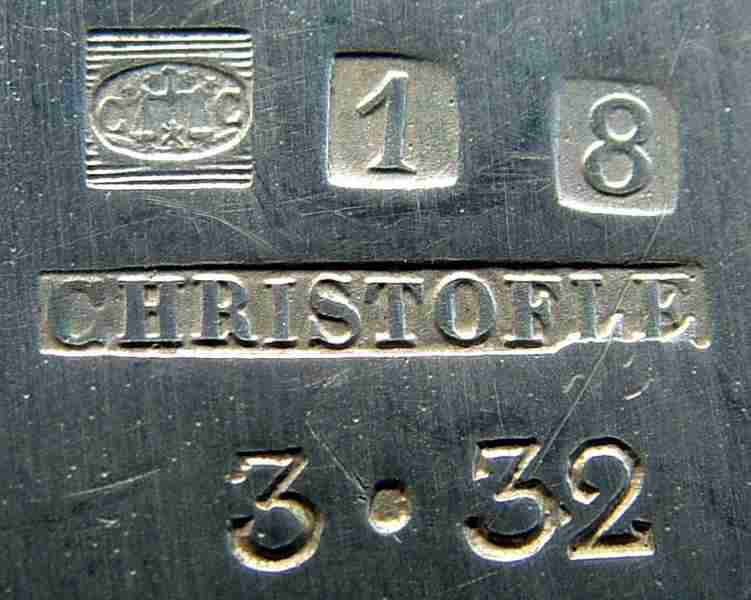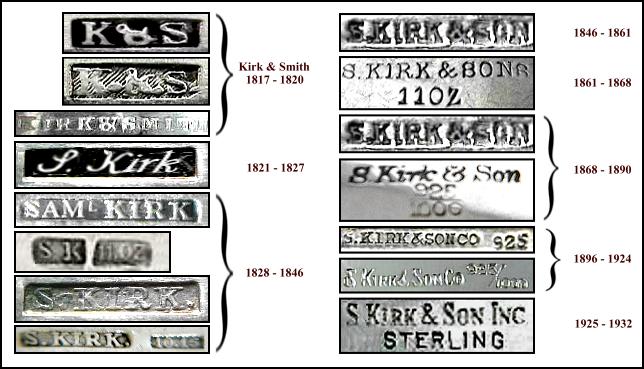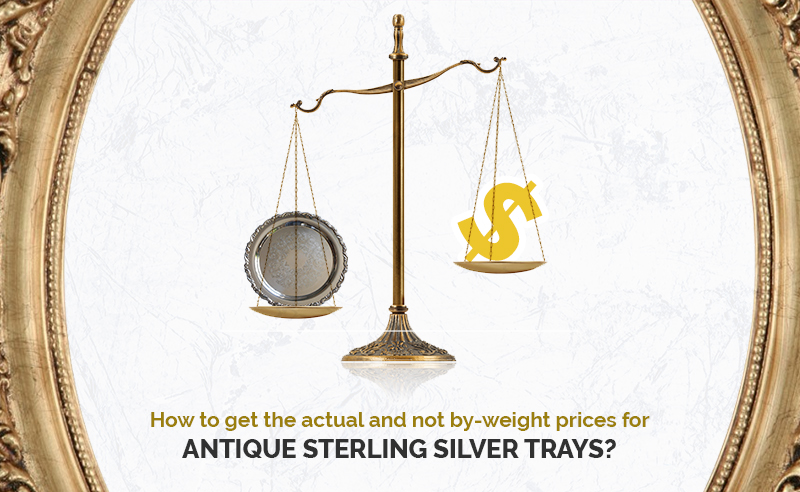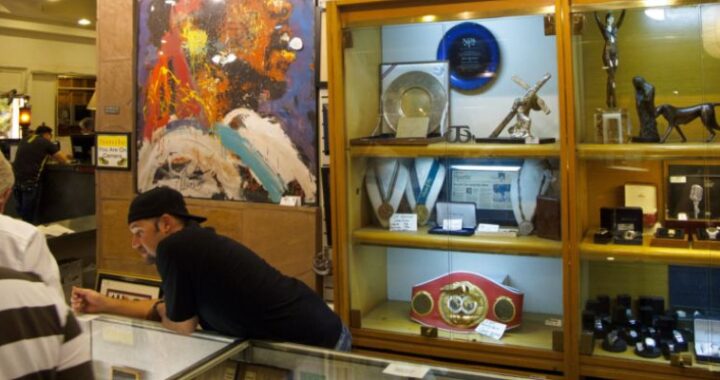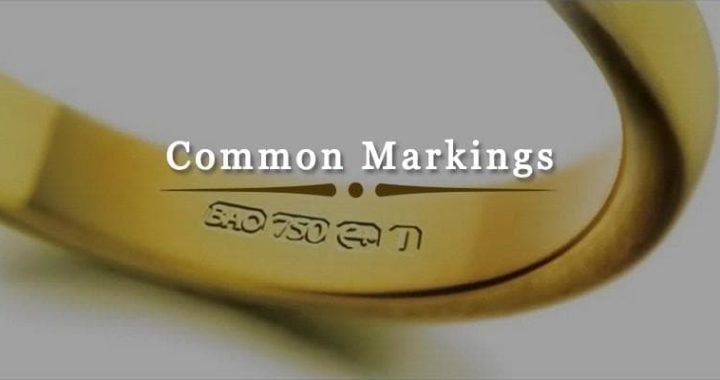Understanding the hallmarks on an antique silver tea set is an important part of determining its value and authenticity. It is always best to consult with a professional appraiser who has experience with antique silver pieces to ensure an accurate assessment.
Hallmarks can be a bit confusing at first, but with some research, it is possible to identify them. They typically include letters, symbols, and numbers that provide information about the maker, the city or country where the set was made, and the silver content.
For example, the hallmark “925” indicates that the piece is made of sterling silver, which is 92.5% pure silver. The hallmark “EPNS” means that the piece is silver-plated, while the hallmark “Coin” means that the piece is made of a silver alloy that contains a high percentage of actual silver coins.
It is important to note that the absence of a hallmark does not necessarily mean that the piece is not valuable. Some antique pieces were made before hallmarks became mandatory and some makers chose not to use them. In these cases, a professional appraiser can help determine the authenticity and value of the piece.
Tea sets made from silver are quite the addition to an enthusiast’s collection. Whether you set it on display or gently use your antiquated set on special occasions, knowing as much as possible about the tea set will bring it back to life. But how do you know what your set is worth and where its story begins? There are many books that catalogue the various antique silver tea set markings, but seeking a knowledgeable professional will save time and money.
Where to Begin
The short story is that the first silver teapot that we know of is dated only to 1627. The cups and saucers that complement the teapot weren’t even considered until 1648. To get a better understanding of why silver tea sets are not much older despite the precious metal being mined and refined for thousands of years to that date, you have to look at the history of tea.

Tea has its origin as a medicinal drink in the Orient. While many myths date the source of tea back to 3000 BC, the official story dates the birth of tea to the Han Dynasty, sometime during 206-220 BC. They used porcelain bowls, lacking in the handles we think of today. Sometime during the Song Dynasty, 960-1279 AD, the first tea pot for brewing emerged. As tea became more and more popular, making its way into different parts of the world through trade, the tea set began to emerge into what we know it as today. But tea was expensive to drink. Records indicate that one pound of tea was worth $100. It is no surprise that tea sets were only held by the wealthy enough to afford the affluent brew.
Origin of Antique Silver Tea Set Markings
It is when tea made it to Europe and the British monarchy around the turn of the 18th century that the silver tea set was revealed in all its propriety. Queen Victoria unveiled the first known complete silver tea service set that included the full six pieces of the teapot, sugar bowl, kettle, creamer, coffee pot and bowl for waste. As a result of an abundance of silver from a recent silver boom, silver tea sets began making their way across the parlors of society’s affluent. These handcrafted sets were subject to the establishment of the hallmarking system set in place a few hundred years earlier.
There are usually two to four markings stamped onto the set to denote a few distinguishing characteristics. The first being whether or not the set is sterling or silver-plated. As tea became even more popular, tea sets were manufactured using a less expensive method of silver plating so the middle classes could enjoy the beverage.
Another marking would tell you who made the piece and another would show when it was made. An assayer’s mark will reveal where the piece was assessed for purity and duty marks will show if a tax was paid to the crown or not. Sometimes more than one duty mark was stamped to show the tax paid multiple times.
There is a rich history to tea and the birth of silver tea sets. The place to start in revealing the history behind your antique silver tea set is to have it assessed by a professional appraiser.


